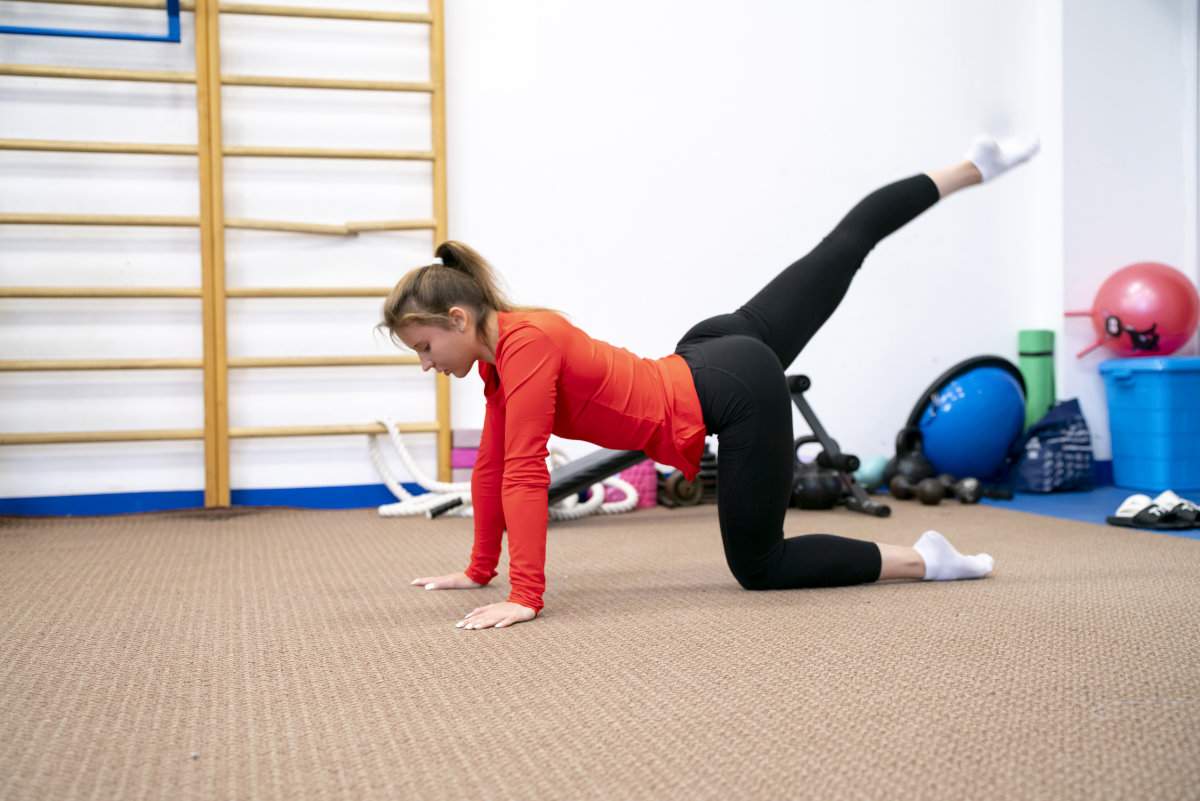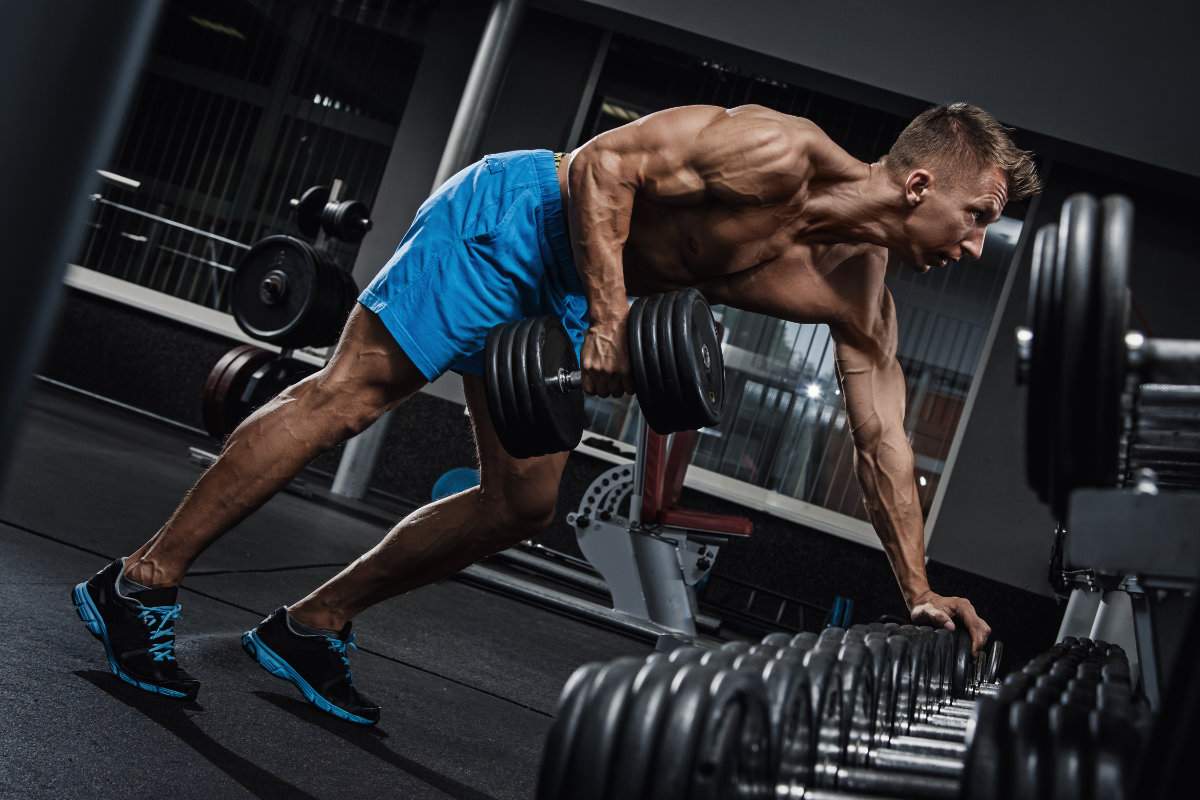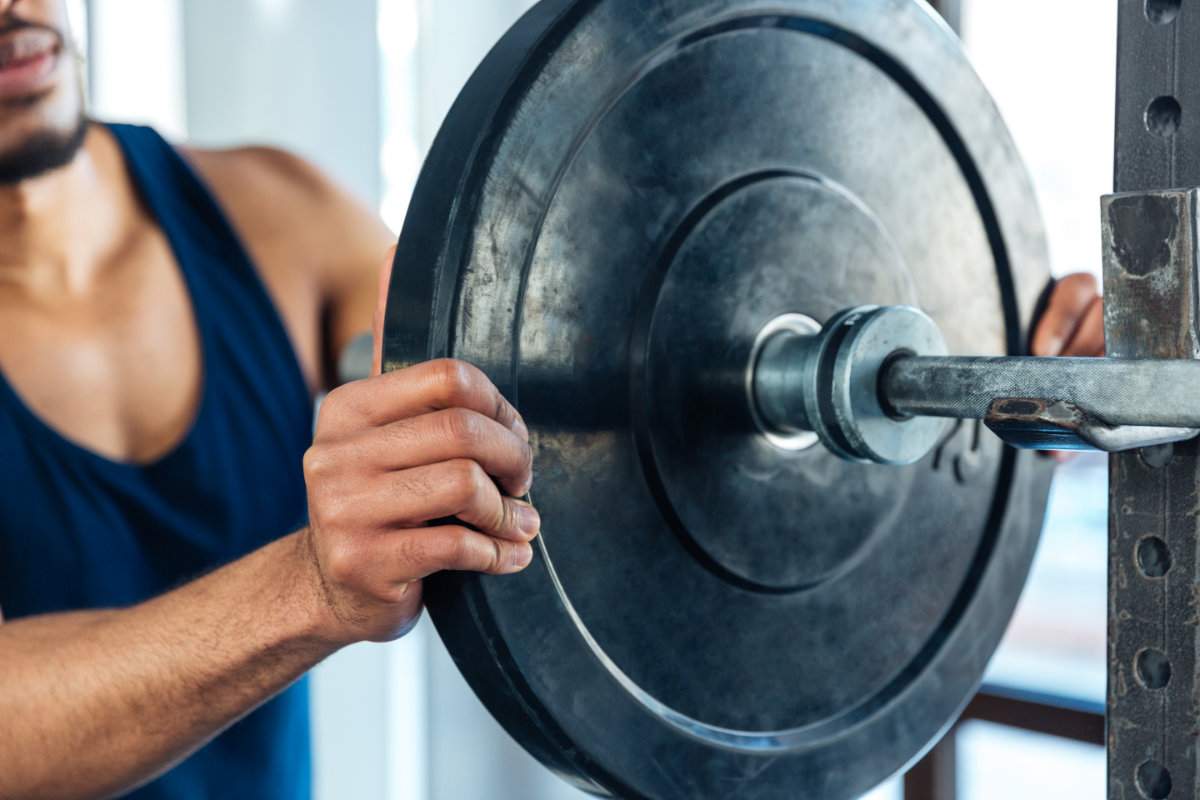Yes, you absolutely can fix a saggy bum with exercise. Your glutes are muscles, and like any muscle in your body, they respond to targeted training by getting stronger, firmer, and more lifted. The key is doing the right exercises consistently, eating enough protein, and giving your body time to build muscle.
Why Does Your Bum Get Saggy?
Your bum loses its shape for three main reasons. First, muscle loss happens as you age. After 30, you lose about 3 to 8% of your muscle mass per decade if you don’t do resistance training. Second, body fat distribution changes over time, especially after 40. Third, sitting for long hours weakens your glute muscles, making them flat and saggy.
The good news is that building muscle through strength training reverses all of these problems. When you train your glutes properly, they grow bigger and push out, creating that lifted, round appearance.
What Exercises Actually Work?
The most effective exercises for fixing a saggy bum are squats, deadlifts, hip thrusts, and lunges. These movements target your glutes from different angles and allow you to lift heavy weights, which is crucial for muscle growth.
Squats are the king of lower body exercises. They work your entire leg and glute area. Focus on going deep, with your hips dropping below your knees. This full range of motion activates more muscle fibres in your glutes.
Deadlifts build a thick, strong back and powerful glutes. The movement of hinging at your hips and pushing through your heels fires up your posterior chain, which includes your hamstrings and glutes.
Hip thrusts are the best exercise specifically for glute growth. Research shows they activate your glutes more than squats or deadlifts. Lie with your shoulders on a bench, feet planted on the ground, and push your hips up while squeezing your glutes at the top.
Lunges work each leg individually, helping fix muscle imbalances. They also stretch your hip flexors, which get tight from sitting and can make your bum look flatter.
9 Steps To Shed 5-10kg In 6 Weeks
Includes an exercise plan, nutrition plan, and 20+ tips and tricks.
Download FreeHow Long Does It Take to See Results?
You’ll start feeling stronger within two to three weeks of consistent training. Visible changes to your bum shape typically appear after six to eight weeks. Significant transformation happens around the three to four month mark.
The speed of your results depends on three factors. Training frequency matters, aim for three to five glute workouts per week. Progressive overload is essential, meaning you need to gradually increase the weight you lift. Nutrition plays a huge role too, you need enough protein to build muscle.
Can You Fix a Saggy Bum with Exercise If You’re Over 40?
Yes, you can build muscle at any age. While muscle building slows down after 40, studies show that older adults can still gain significant muscle mass with proper strength training. The principles stay the same: lift heavy weights, eat enough protein, and train consistently.
One study found that people in their 60s and 70s who did resistance training gained muscle at similar rates to younger people. Your body doesn’t stop responding to exercise just because you’re older.
How Much Weight Should You Lift?
To build muscle and fix a saggy bum, you need to lift challenging weights. Aim for weights that make the last two to three reps of each set difficult. This typically means doing 8 to 12 reps per set.
Start with bodyweight exercises if you’re new to training. Once you can do 15 to 20 bodyweight squats easily, add weight. You can use dumbbells, barbells, or resistance bands.
Progressive overload is the secret to continuous improvement. Every week, try to either lift slightly heavier weights, do more reps, or add another set. This constant challenge forces your muscles to grow.
What About Cardio?
Cardio alone won’t fix a saggy bum. Running, cycling, and other cardio exercises burn calories but don’t build muscle effectively. In fact, too much cardio can actually make your bum smaller by burning both fat and muscle.
Walking is different. Getting 8,000 to 12,000 steps per day supports fat loss without interfering with muscle growth. It burns calories, improves recovery, and keeps you active without exhausting your muscles.
The best approach combines strength training for your glutes with moderate walking for overall health and fat loss.
How Important Is Nutrition?
You can’t out-train a bad diet. Building a firm, lifted bum requires eating enough protein and total calories. Protein provides the building blocks your body needs to repair and grow muscle tissue.
Aim for 0.8 to 1 gram of protein per pound of body weight daily. For someone weighing 70kg (154 pounds), that’s roughly 120 to 154 grams of protein per day. Good protein sources include chicken, fish, eggs, Greek yogurt, and protein powder.
You also need to eat enough total calories. If you’re trying to lose fat and build muscle at the same time, eat at a small calorie deficit of about 200 to 300 calories below your maintenance level. If you’re just focused on building your glutes, eat at maintenance or slightly above.
Common Mistakes That Slow Your Progress
Many people make the same mistakes when trying to fix their saggy bum. Not lifting heavy enough is the biggest problem. Your muscles need to be challenged to grow. If you can easily do 20 reps, the weight is too light.
Skipping the eccentric phase wastes half your workout. The eccentric phase is when you lower the weight slowly. Taking at least three seconds to lower yourself in a squat or deadlift creates more muscle damage, which leads to more growth.
Not eating enough protein stops muscle growth completely. Your body can’t build new muscle tissue without adequate protein. Track your protein intake for a week to see if you’re hitting your targets.
Training the same way every week leads to plateaus. Your body adapts to the same stimulus. Change your exercises, rep ranges, or training volume every four to six weeks to keep making progress.
Frequently Asked Questions
How many times per week should I train my glutes?
Train your glutes three to five times per week for best results. Your glutes are large, strong muscles that recover quickly and can handle frequent training.
Can I fix a saggy bum without going to a gym?
Yes, you can build your glutes at home using bodyweight exercises, resistance bands, and dumbbells. Hip thrusts, Bulgarian split squats, and single-leg deadlifts all work well with minimal equipment.
Will squats make my thighs bigger?
Squats do build your thigh muscles along with your glutes. If you want to focus more on your glutes and less on your thighs, prioritize hip thrusts, deadlifts, and glute bridges instead.
How do I know if I’m using the right form?
Record yourself doing exercises from the side. Check that your knees track over your toes, your back stays neutral, and you’re moving through a full range of motion. Consider working with a qualified trainer for your first few sessions to learn proper technique.
What if I have knee pain during squats?
Knee pain often comes from poor form or weak glutes. Try box squats, where you sit back onto a box or bench. This teaches proper hip hinge mechanics and reduces knee stress. If pain continues, see a physiotherapist.
Can resistance bands build a firm bum?
Yes, resistance bands can build muscle, especially for beginners. However, you’ll eventually need heavier resistance to keep making progress. Bands work well for activation exercises and as a supplement to weighted exercises.
The Bottom Line
Fixing a saggy bum with exercise is completely possible at any age. Focus on heavy strength training with squats, deadlifts, hip thrusts, and lunges. Train your glutes three to five times per week, progressively increase the weight you lift, and eat enough protein to support muscle growth.
Results take time. You’ll feel stronger within weeks, see visible changes within two months, and achieve significant transformation within three to four months. Stay consistent, lift challenging weights, and fuel your body properly. Your glutes will respond by getting firmer, rounder, and more lifted.


